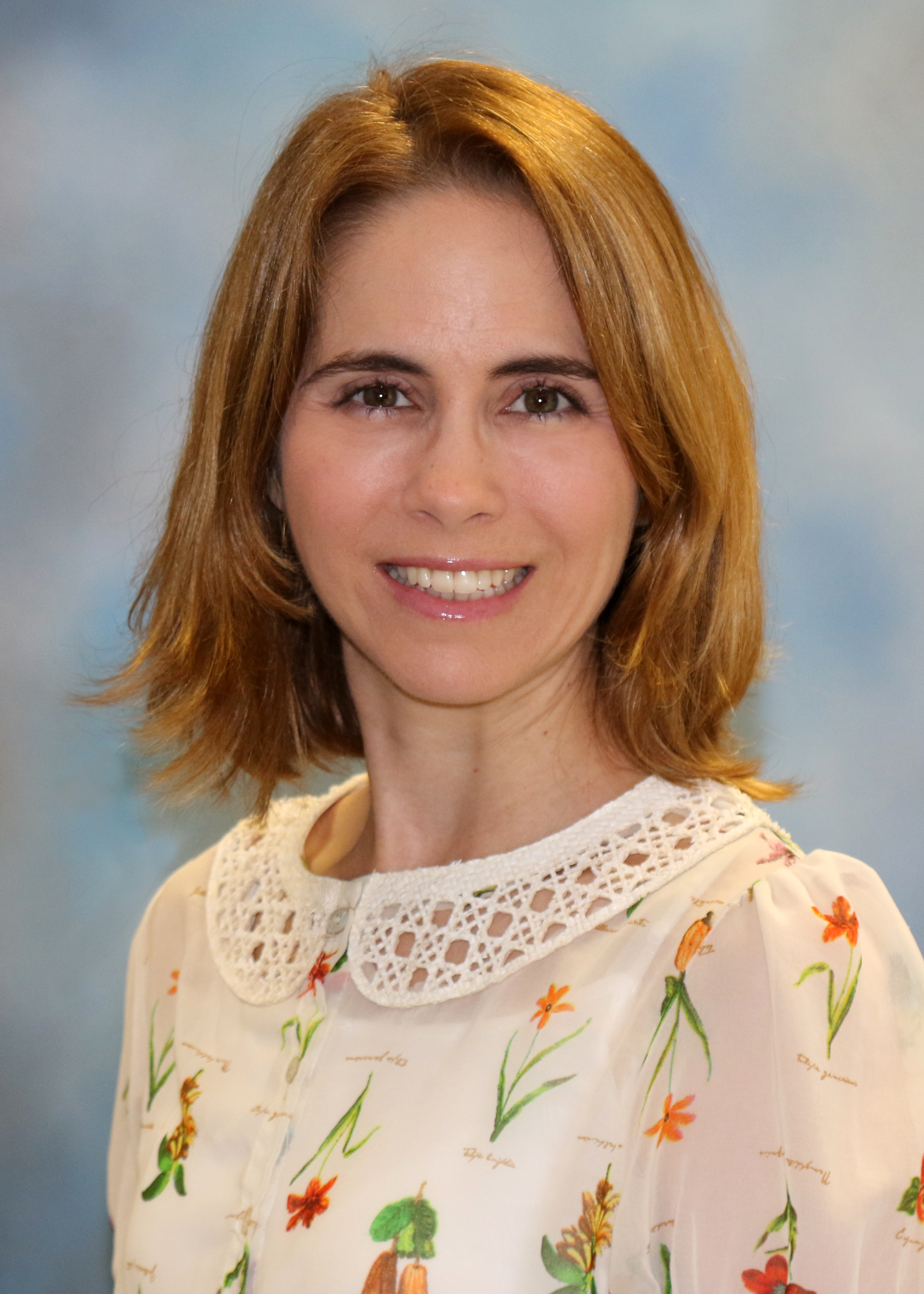
MSU College of Osteopathic Medicine students are afforded several opportunities to interact with patients during their education. One such opportunity is the Medical Outreach Clinic of McLaren Macomb Hospital, a custom-built 40-foot motorhome where volunteer physician faculty, family medicine resident physicians, nurses, pharmacists, social workers, medical students and medical assistants provide a range of health care services to those in need.
Through their volunteer work with the outreach clinic, medical students Vixey Silva and Natalie Shutt were part of the interdisciplinary team, co-led by Carolina Restini, that recently published new research in the Journal of Medical Case Reports that looked at granulomatous mastitis, a rare disease that often mimics breast cancer.
Restini is an assistant professor at the MSU College of Osteopathic Medicine, who serves as a mentor and a corresponding author of the research with clinic physicians Richard Chalmers and Patrick McClellan.
The opportunity for collaboration came about when a mobile clinic patient presented with the rare disease. As the team worked on the patient’s case, they dug into published literature to better understand the diagnostic and treatment options. What they discovered was they needed to have more information than what was currently available, Restini said.
When Silva suggested they report on the case to benefit other health care providers and future patients, the group began the process of creating a manuscript, guided by Restini.
The result became a good example of how community-based education through initiatives like the medical outreach clinic and community-based research can intersect.
“Community-based research is important because it contributes to the health status of a population,” Restini explained. It drives awareness of not only diseases and health problems in the community, but also social and environmental issues.
Additionally, these types of experiences teach medical students how to interact and collaborate with other medical professionals, a crucial skill post-graduation. When the chance to publish research presents itself, the students also learn how to report using ethical procedures, collect and organize data, keep patient data anonymous, analyze statistics and choose the appropriate journal for submission.
“And the beautiful part is that the opportunity to publish can come about because of the community-based education MSU provides,” Restini added.
This type of community-based education also teaches students to look at the whole patient rather than just the symptoms they present with.
“The patients who come to the clinic are from underserved communities and often uninsured,” Restini said. “They are coming to be treated for a specific condition, but they may also have a constellation of other problems related to that condition.”
Above all, community-based research and education empower the community to reach and maintain better health, Restini said.
“The fact that students and faculty get to be a part of that process is just the icing on the cake.”
MSU College of Osteopathic Medicine students are afforded several opportunities to interact with patients during their education. One such opportunity is the Medical Outreach Clinic of McLaren Macomb Hospital, a custom-built 40-foot motorhome where volunteer physician faculty, family medicine resident physicians, nurses, pharmacists, social workers, medical students and medical assistants provide a range of health care services to those in need.
Through their volunteer work with the outreach clinic, medical students Vixey Silva and Natalie Shutt were part of the interdisciplinary team, co-led by Carolina Restini, that recently published new research in the Journal of Medical Case Reports that looked at granulomatous mastitis, a rare disease that often mimics breast cancer.
Restini is an assistant professor at the MSU College of Osteopathic Medicine, who serves as a mentor and a corresponding author of the research with clinic physicians Richard Chalmers and Patrick McClellan.
The opportunity for collaboration came about when a mobile clinic patient presented with the rare disease. As the team worked on the patient’s case, they dug into published literature to better understand the diagnostic and treatment options. What they discovered was they needed to have more information than what was currently available, Restini said.
When Silva suggested they report on the case to benefit other health care providers and future patients, the group began the process of creating a manuscript, guided by Restini.
The result became a good example of how community-based education through initiatives like the medical outreach clinic and community-based research can intersect.
“Community-based research is important because it contributes to the health status of a population,” Restini explained. It drives awareness of not only diseases and health problems in the community, but also social and environmental issues.
Additionally, these types of experiences teach medical students how to interact and collaborate with other medical professionals, a crucial skill post-graduation. When the chance to publish research presents itself, the students also learn how to report using ethical procedures, collect and organize data, keep patient data anonymous, analyze statistics and choose the appropriate journal for submission.
“And the beautiful part is that the opportunity to publish can come about because of the community-based education MSU provides,” Restini added.
This type of community-based education also teaches students to look at the whole patient rather than just the symptoms they present with.
“The patients who come to the clinic are from underserved communities and often uninsured,” Restini said. “They are coming to be treated for a specific condition, but they may also have a constellation of other problems related to that condition.”
Above all, community-based research and education empower the community to reach and maintain better health, Restini said.
“The fact that students and faculty get to be a part of that process is just the icing on the cake.”
